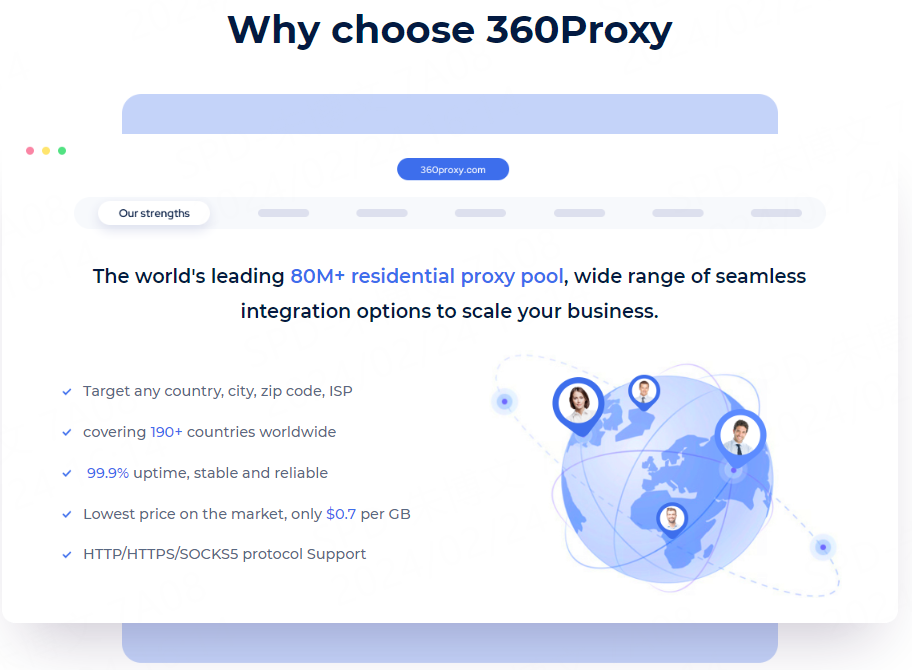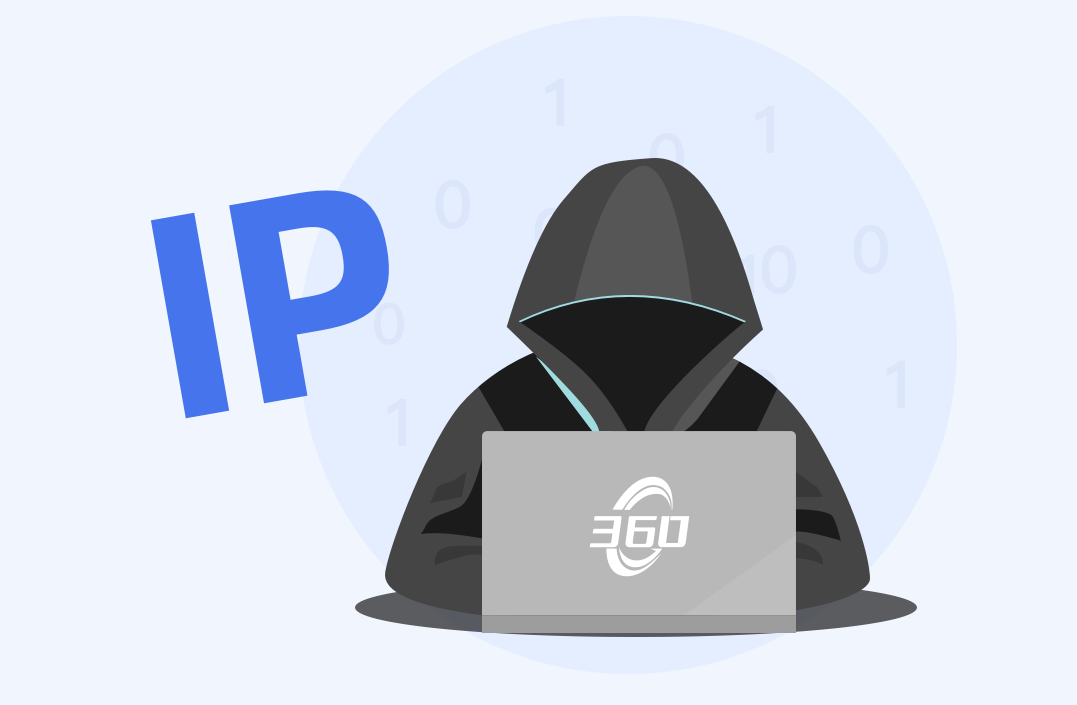In the network world, IP address is one of the important identifiers for connecting and identifying devices. However, different IP detection platforms often present different detection results, which leads to curiosity about the reasons behind the differences. This paper will discuss why different IP detection platforms have different detection results and reveal the reasons.
Different detection methods:
Different IP detection platforms adopt different detection methods, which is the primary reason for the difference in detection results. Some platforms may use DNS query-based methods, while others may use detection methods based on HTTP headers or other network protocols. Due to the differences in implementation of these methods, it may cause the same IP to present different detection results on different platforms.
Differences in data sources:
The data source of IP detection platform is also an important factor affecting the detection result. Some platforms may use their own unique data sets, while others may draw information from different data providers. Due to differences in network topology, data update frequency, and data quality, different data sources can lead to different interpretations of the same IP.
Regional coverage of the testing platform:
Some IP detection platforms may have more comprehensive geolocation databases in specific regions, while others may have relatively less data. This leads to significant differences in the geographical interpretation of the same IP by different platforms in areas with poor coverage.
Differences between algorithms and models:
Some IP detection platforms may employ advanced algorithms and models to improve accuracy by analyzing and learning from large amounts of data. In contrast, some platforms may use simpler algorithms. This difference can lead to different interpretations of the same IP.
Update frequency:
IP information is dynamic and may change over time. Some platforms may have more frequent data update policies, while others may lag behind. Therefore, even if the detection is performed at the same point in time, different platforms may present different results due to different points in time when the information is updated.
Ways to resolve differences:
1.Multi-platform comparison:
For important IP information, it is recommended to compare it on multiple IP detection platforms to obtain a more comprehensive understanding.
2.Understanding the detection methods:
Understanding the detection methods of different platforms helps to understand the differences in their detection results.
3.Use multiple data sources:
For applications that require highly accurate IP information, consider combining multiple data sources to improve overall accuracy.
Comprehensive service:
Some IP detection platforms may provide more comprehensive services, including real-time monitoring, historical data tracing and other functions. Differences in these services may also affect the accuracy and completeness of test results.
User interaction and feedback:
User interaction and feedback are critical to the improvement of IP detection platforms. Some platforms may pay more attention to user feedback and suggestions, so as to timely adjust and improve the detection algorithm and improve the accuracy.
Conclusion:
In general, the differences between different IP detection platforms are the result of many factors. With an in-depth understanding of these factors, we can better understand and interpret the similarities and differences in the detection results of different platforms, and improve the accurate understanding of IP information. In the networking world, understanding the differences in IP detection is a key step in ensuring accuracy and reliability. Whether users are maintaining network security or conducting market research, in-depth analysis of IP detection results is an important step to ensure the authenticity of information.
360Proxy provides 100% real residential agent resources, covering 190+ countries and regions, 80 million + residential IP resources. The massive resource pool ensures stable and reliable global connectivity.

 Username: Password
Username: Password
 Whitelist IP
Whitelist IP
 Proxy Manager
Proxy Manager
 Google Chrome Extension
Google Chrome Extension





























 Dashboard
Dashboard Sign Out
Sign Out






























 USA
USA France
France Brazil
Brazil Vietnam
Vietnam Spain
Spain









